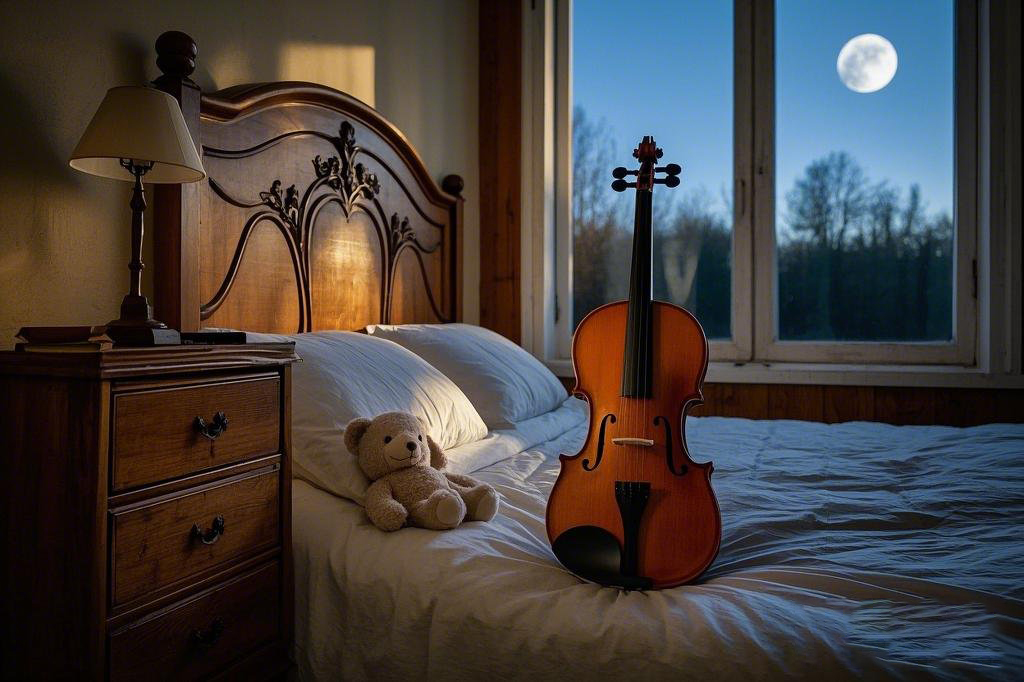Heritage Preservation_ Documenting Chinese Musical Traditions Abroad
Shang Kun 2025-05-15 164
Preserving Heritage: Documenting Chinese Musical Traditions AbroadIn today's world, culture is constantly evolving, yet it remains rooted in tradition. One such tradition, which has garnered global recognition, is Chinese music. But what happens when these musical traditions are moved beyond China's borders? The question of heritage preservation arises. Chinese music, with its deep history and cultural significance, is being practiced and celebrated worldwide, from concert halls to small classrooms. However, there’s a real concern: are these traditions being preserved as they are passed on, or are they being diluted in the process?
Imagine a traditional Chinese violin performance in a foreign country, where the sounds of ancient Chinese instruments fill the air. But what’s missing? The techniques, the training, and the cultural context that once defined these performances. As more Chinese musicians move abroad for study or performance opportunities, they bring their unique sound with them—but the essence of that sound can easily be lost in translation. Even worse, it might not be captured or documented accurately for future generations. This is where the issue lies: how do we preserve something so rich and delicate, while making it accessible to a global audience?

Many wonder, is it possible to retain the authenticity of Chinese music while sharing it with the world? The answer is yes, but it requires dedication and the right approach. This means documenting the traditions—both the music and the process of learning it—carefully. By using modern technologies, we can record performances, preserve rare techniques, and ensure that the cultural context of the music is passed on just as it was meant to be. But it's not just about recording; it's about creating a platform where the exchange of knowledge can thrive, ensuring that generations of musicians, both Chinese and international, can connect with the true essence of this art form.
So how do we begin this crucial journey of heritage preservation? It’s about more than just recording sounds. It’s about creating a movement, a global network that prioritizes understanding and respect for Chinese musical traditions. Educational institutions and cultural centers play an essential role in this mission. Teachers, like Chinese violin teacher Shang Kun, who offers one-on-one lessons both offline and online, bring this vital connection to life. Through these lessons, students not only learn to play Chinese instruments but also gain insight into the cultural significance of the music they are playing. The traditional techniques, passed down for centuries, are taught in their purest form, providing a direct link between the past and the future.
But the preservation of Chinese music abroad is a shared responsibility. It’s about encouraging students worldwide to explore Chinese music and understand its roots, while simultaneously keeping the tradition alive in its original form. The fusion of old and new, traditional and modern, is crucial. As more international musicians engage with Chinese music, the opportunities for cultural exchange grow exponentially, leading to a rich dialogue that enhances the global appreciation of this art.
In conclusion, the key to preserving Chinese musical traditions abroad lies in how we document, teach, and celebrate them. We have to ensure that while we share these beautiful traditions globally, they retain their authenticity. This can be done through careful documentation, proper education, and a commitment to understanding the rich history behind the music. So, let’s make it a priority to keep these traditions alive—not just for the sake of preserving the past, but for creating a future where cultural understanding and appreciation continue to thrive.
